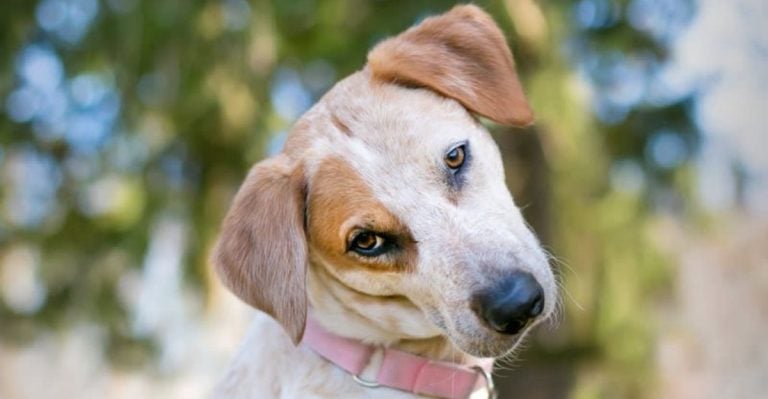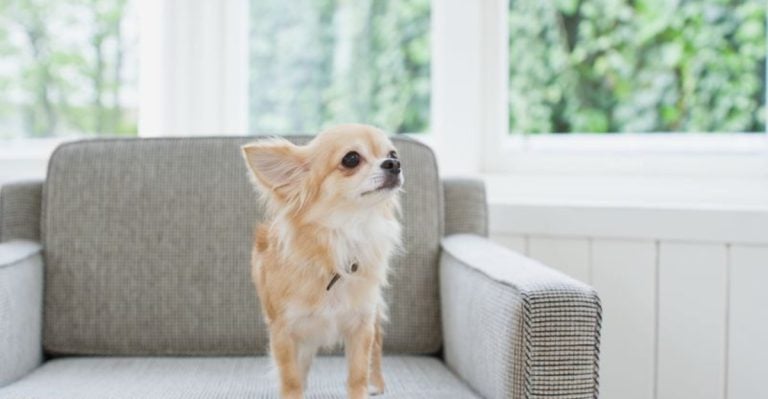Why Dogs Often Resemble Their Owners—In Looks and Personality

Most dog lovers are drawn to faces and personalities that feel oddly familiar. It’s more than just a fun coincidence. Psychology plays a role in those decisions, shaping the bond between owners and their pets. Here’s a closer look at why people so often pick pups that mirror them, inside and out.
Visual Imprinting Shapes First Impressions

First impressions matter—especially when adopting a dog. As faces flash past in shelters or online, adopters tend to zero in on familiar ones. This fast, intuitive reaction reflects a deeper bias toward recognizing ourselves in others—even when those others walk on four legs.
Eyes Lead The Choice

During selection, many focus on the eyes. Shape, size, and spacing often mirror human features and influence perception. Research published in 2013 demonstrated that participants still successfully matched owners with their dogs even when only the eye area was visible.
Facial Structure Bias

Some dogs have rounded cheeks or elongated noses—features that mirror the variety seen in human faces. In the same 2004 study, researchers noted that guardians often chose dogs with similar facial dimensions. These decisions happen unconsciously, but patterns appear consistently across pet adoptions.
Hair And Fur Similarities

Curly hair, bangs, and beards are found on both ends of the leash. Pet parents with standout hairstyles sometimes lean toward dogs with fur that mirrors their own. Though no direct study exists on this specific feature, it fits broader patterns observed in appearance-driven selection from earlier research.
Symmetry Feeds Visual Attraction

Balanced proportions make a face feel more appealing—even canine ones. Studies on human aesthetics dating back to the 1990s confirm that symmetrical faces are rated as especially attractive. That instinctive preference likely carries into the way people perceive dogs.
Anthropomorphism Shapes The Bond

Humans often assign emotions or personalities to animals. Dogs with brows or deep-set eyes can appear unusually expressive and easier to relate to. Research featured in Frontiers in Psychology (2012) and other pet behavior studies highlights how these humanlike features strengthen emotional attachment.
Personality And Appearance Align

Looks aren’t the only form of connection. Owners and dogs tend to reflect each other in behavior, too. A 2012 behavioral analysis found notable parallels in extroversion and agreeableness, suggesting that emotional expression may influence outward appearance over time.
Self-Seeking Like Phenomenon

Some psychologists refer to a tendency known as “self-seeking like,” where individuals choose companions who reflect aspects of themselves. It aligns with the theory of assortative mating discussed in 2005, where people—even when choosing pets—gravitate toward those who mirror their own image.
Mere-Exposure Effect In Action

Familiarity breeds affection. The mere-exposure effect, coined in 1968 by psychologist Robert Zajonc, shows that repeated visual contact increases preference. Those who’ve grown up surrounded by faces similar to theirs may naturally lean toward dogs sharing those same comforting features.
Couples And Coordinated Choices

When couples adopt together, the partner with the stronger emotional pull typically guides the final pick. While no dog-specific study exists, existing decision-making research shows that shared outcomes often reflect the preferences of the more invested individual.
Cultural Influence On Owner-Dog Similarities

In cultures valuing harmony or conformity, people may prefer dogs resembling themselves. In contrast, individualistic societies might favor distinct differences. Though direct studies are limited, cultural norms likely shape how and why certain pet choices feel “right.”
Style Reflections In Dog Preferences

A 1999 study found that women often chose dogs with ear shapes that subtly echoed their hairstyles—floppy ears matched with longer hair, upright ears with shorter cuts. These small visual parallels may create a sense of familiarity and subtly shape which dog feels like a natural match.
Social Reinforcement Seals The Pattern

Compliments from friends or strangers about a dog-owner lookalike moment can shift how someone views the relationship. B.F. Skinner’s reinforcement theory suggests that social approval significantly affects how deeply such perceived matches are embraced.
Nostalgia Drives Resemblance Cycles

Childhood bonds linger, and according to research by John Bowlby in 1969, early emotional connections can influence long-term preferences and attachment patterns. If someone’s first beloved dog resembled them, they may unconsciously repeat that pattern in later choices.
Social Media Reinforces The Match

Posts about dogs that “look like their humans” frequently go viral. A 2014 study on self-enhancement theory found that likes and comments impact identity and attachment. As feedback pours in, that perceived similarity may become more than coincidence—it becomes a badge of pride.






